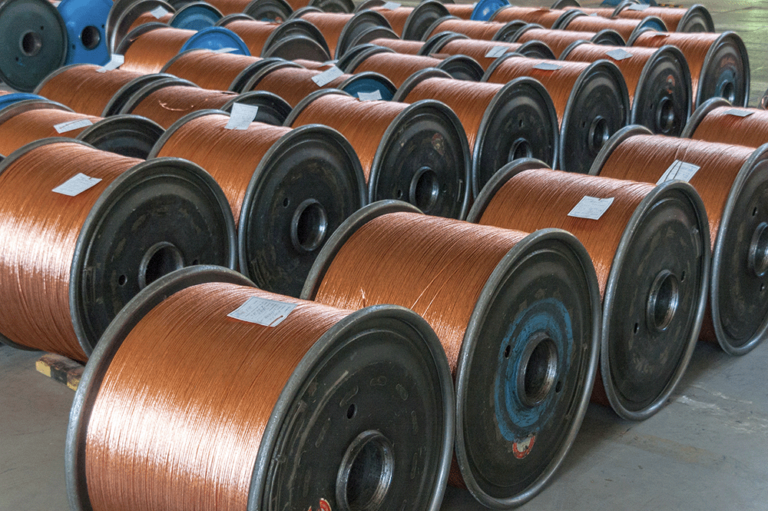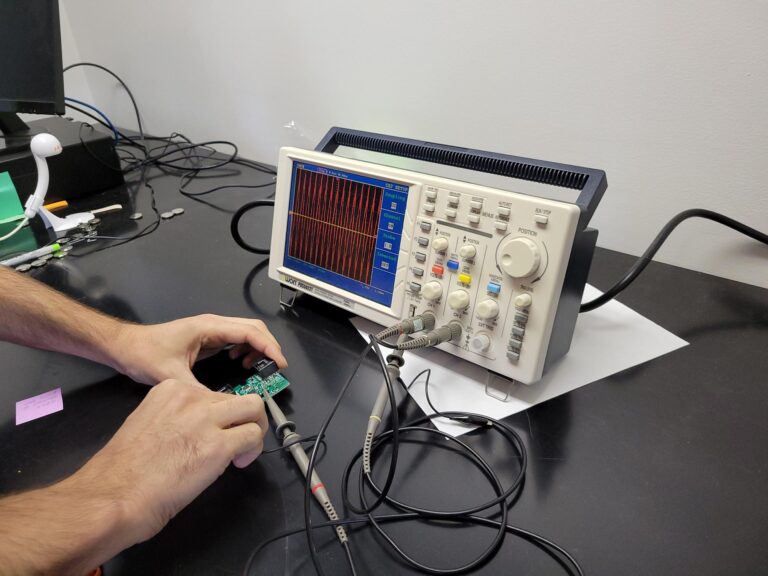2020 hasn’t been all bad. Among the year’s news, ultra-wideband technology (UWB) has gained new traction and recognition this year, largely due to more and more organizations utilizing UWB to solve real problems. As one of those organizations, WISER Systems sees this as very good news.
UWB’s new public moment really began last September, when Apple confirmed the many rumors that iPhones would be the first smartphones to incorporate UWB technology. Samsung recently made a similar announcement for their phones, followed almost immediately by announcements of more Apple devices leveraging UWB.
While the growth of the UWB industry is clear enough, there’s still confusion about what UWB technology is and why it matters in the first place. This article offers a brief guide for newcomers to UWB.
Here are the main points and questions addressed:
- What is UWB technology?
- How are innovators using UWB to solve real-world problems (enterprise and consumer)?
- What’s the difference between 5G and UWB?
- UWB in the past
- UWB in the future
Let’s explore.
1. What is ultra-wideband technology?
UWB is a radio technology, somewhat similar to Bluetooth and WiFi at its core. Like other radio technologies, its primary use today involves transferring data for various types of communication. However, UWB’s unique characteristics enable extremely precise location and distance measurements. Where previous generations of wireless technology enabled location accuracy within several meters or feet, UWB has repeatedly delivered location accuracy within inches.
If the focus on location data makes this sounds like GPS, it’s worth noting that UWB is an inherently short-range technology. Shorter ranges and emission requirements also keep it much lower in power consumption and more difficult to intercept. Since it combines lower power outputs, shorter ranges, and more accurate localization, UWB is an ideal wireless technology for precise location-based services.
2. How are innovators using ultra-wideband technology to solve real-world problems?
Despite the high volume of buzzword speculation surrounding UWB, this is a technology with a history of working applications behind it already. Here are a couple of examples.
- Tracking work orders through location-based processes
- Automating inventory management
On the enterprise side, UWB has been especially fruitful for powering real-time location systems (RTLS). UWB’s performance advantages over other wireless technologies is well suited for RTLS. For example, WISER has leveraged these advantages to deploy UWB-based RTLS in aerospace hangars, automotive factories, warehouses, vehicle yards, and numerous other settings. Other UWB stakeholders are enabling similar benefits across the globe.
UWB is still maturing on the consumer side of the coin. That said, early adopters in consumer products and services are already producing a wealth of data backing how effective it can be. Applications already on the market or under development include keyless car entry, finding objects in a consumer home, pet and home security, wayfinding and navigating in malls, the ability to find vehicles in parking garages, VR and AR applications, and secure transactions like private payments or direct file transfers between phones.
3. What’s the difference between 5G and UWB?
Like nearly any tech term, UWB already merits some disambiguation. For instance, Verizon usually refers to 5G and UWB in tandem, using UWB to describe its new millimeter wave mobile network. To most of the world, however, 5G refers to the fifth-generation standard for cellular communication, whereas UWB describes a technology for high-frequency, short-range communication, which is distinct from cellular.
The 5G umbrella covers a number of different technologies. Just as we’ve seen 3GPP or 4G LTE before, we now have 5G NR, 5G TF, or AT&T’s 5G+, which describes millimeter wave connections similar to Verizon’s “5G UWB.” It’s possible that the consumer advent of UWB will overwhelm confusing terms like 5G UWB. It’s also possible that new so-called 5G technologies will emerge not employing cellular technologies at all.
The long and short is that new technologies are magnets for hype, and it can take time to sort through the hype and ever-changing nomenclature. 20 years back, almost no one knew what Bluetooth was. Today, it’s a household term.
4. Ultra-wideband technology in the past
UWB isn’t a particularly new technology. The Federal Communications Commission (FCC) started considering regulations for UWB in 1998, and many UWB applications have operated for years without fanfare or public recognition, such as UWB distance ranging for landing gear in airplanes and unmanned aerial vehicles (UAVs).
For better or worse, some of the more public companies championing the technology folded over a decade ago. The rapid decline of company after company actually led VentureBeat to declare “the end of ultrawideband” back in 2009.
Much of this was due to disappointing performance (and much-promised results). The subsequent suspicion toward UWB’s potential might explain why it has taken so long for major tech companies to adopt it publicly.
5. Advancements in UWB Indoor-Outdoor Location Technologies: Revolutionizing Autonomous Asset Tracking in Manufacturing Facilities
The growing demand for UWB real-time locating and retrieval of items, regardless of their size, has led to the rise of precision positioning systems. The pandemic has further highlighted the need for manufacturing facilities to optimize resources amidst a tight labor market and supply chain disruptions. To tackle these challenges, corporations have turned to wireless real time location systems (RTLS), aiming to streamline and improve their monitoring of work processes, parts, orders, and equipment.
Post by Stephen Taylor, Director of Communications at WISER Systems, Inc.



